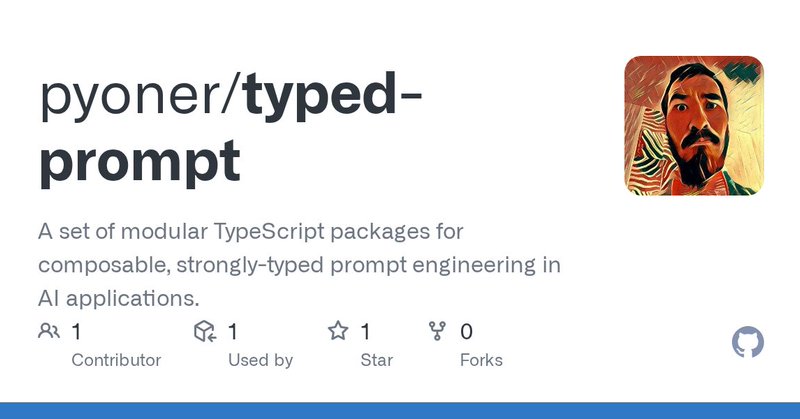
Askar Yusupov
@pyoner
Followers
402
Following
40K
Media
5K
Statuses
19K
Builder by day, storytelling writer by night—sharing threads on AI, tech, crypto, and code.
Joined November 2010
1/8 Explore typed-prompt, a collection of modular TypeScript packages for building composable, strongly-typed prompt engineering solutions in AI applications. Find it here: via @xcomposer_co ⬇️.
github.com
A set of modular TypeScript packages for composable, strongly-typed prompt engineering in AI applications. - pyoner/typed-prompt
1
0
1










